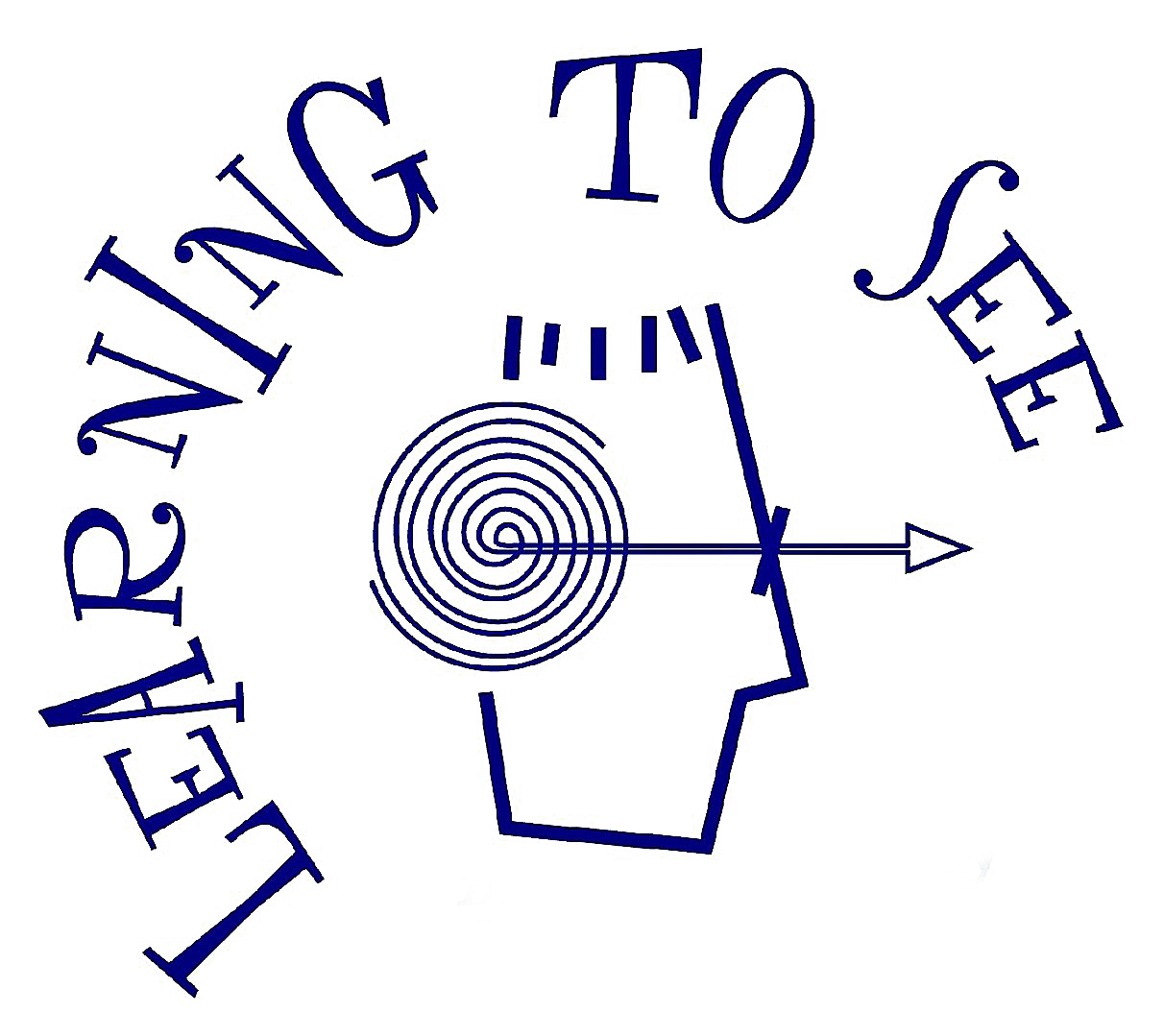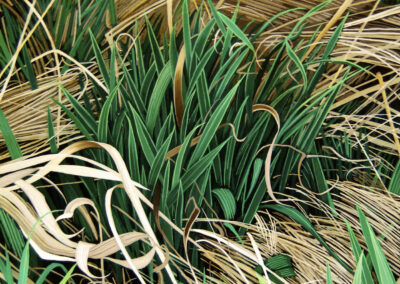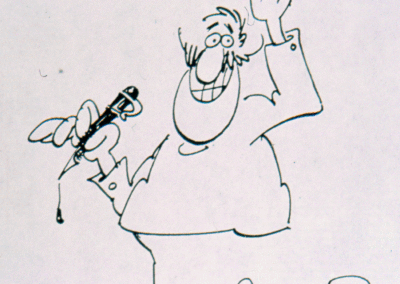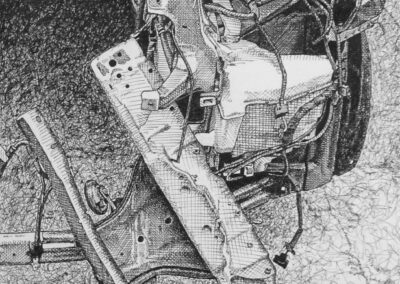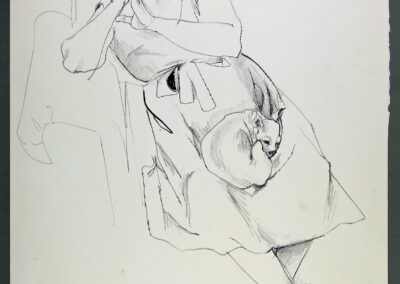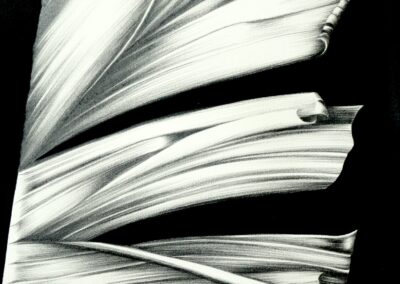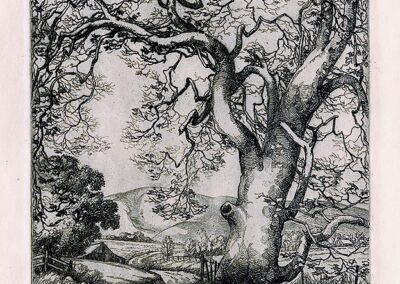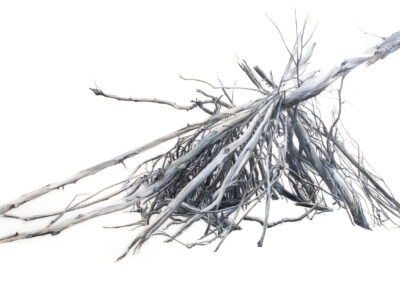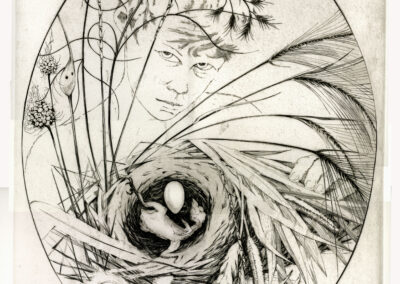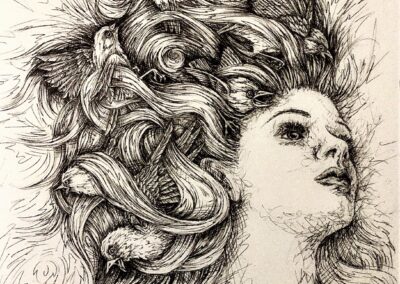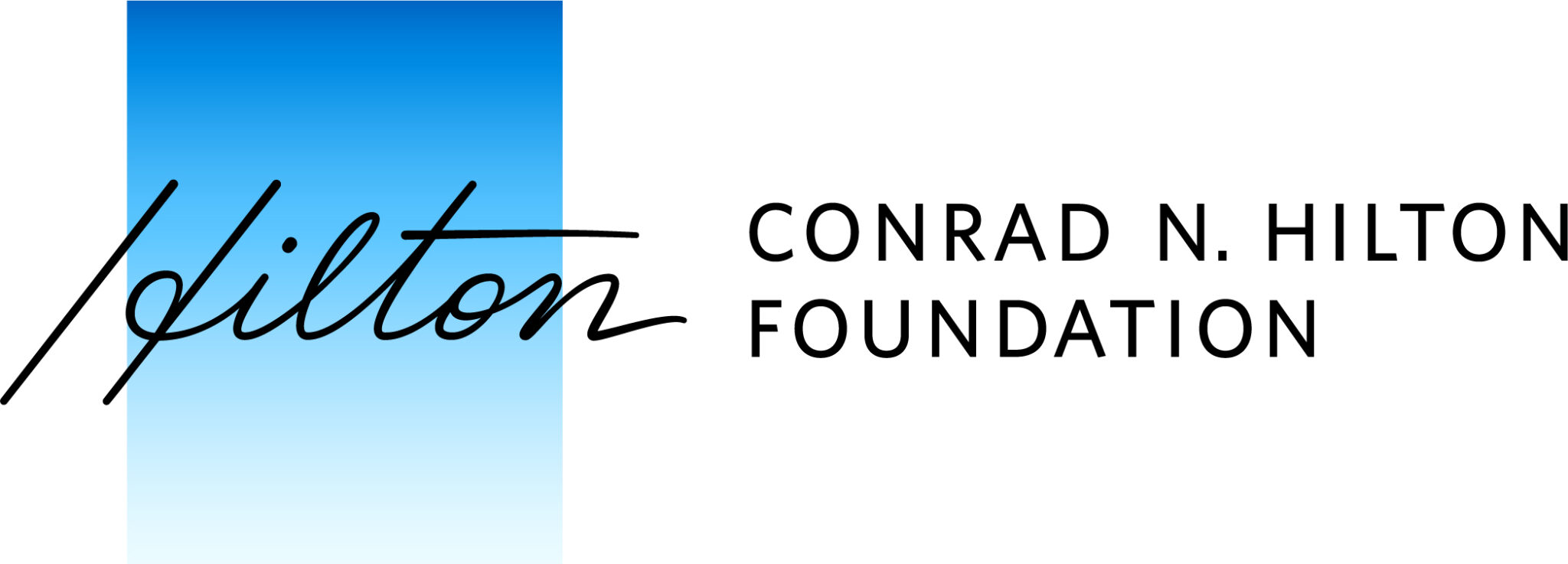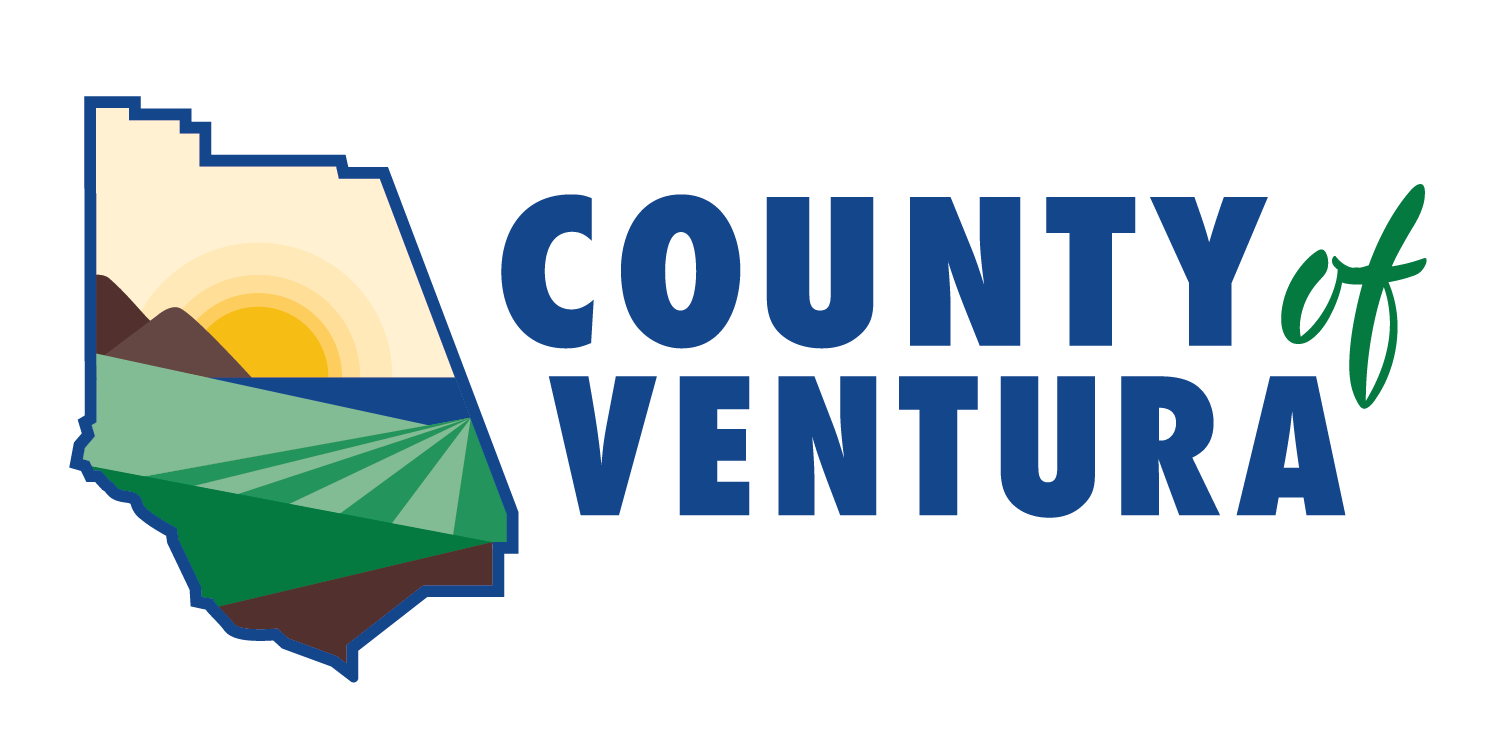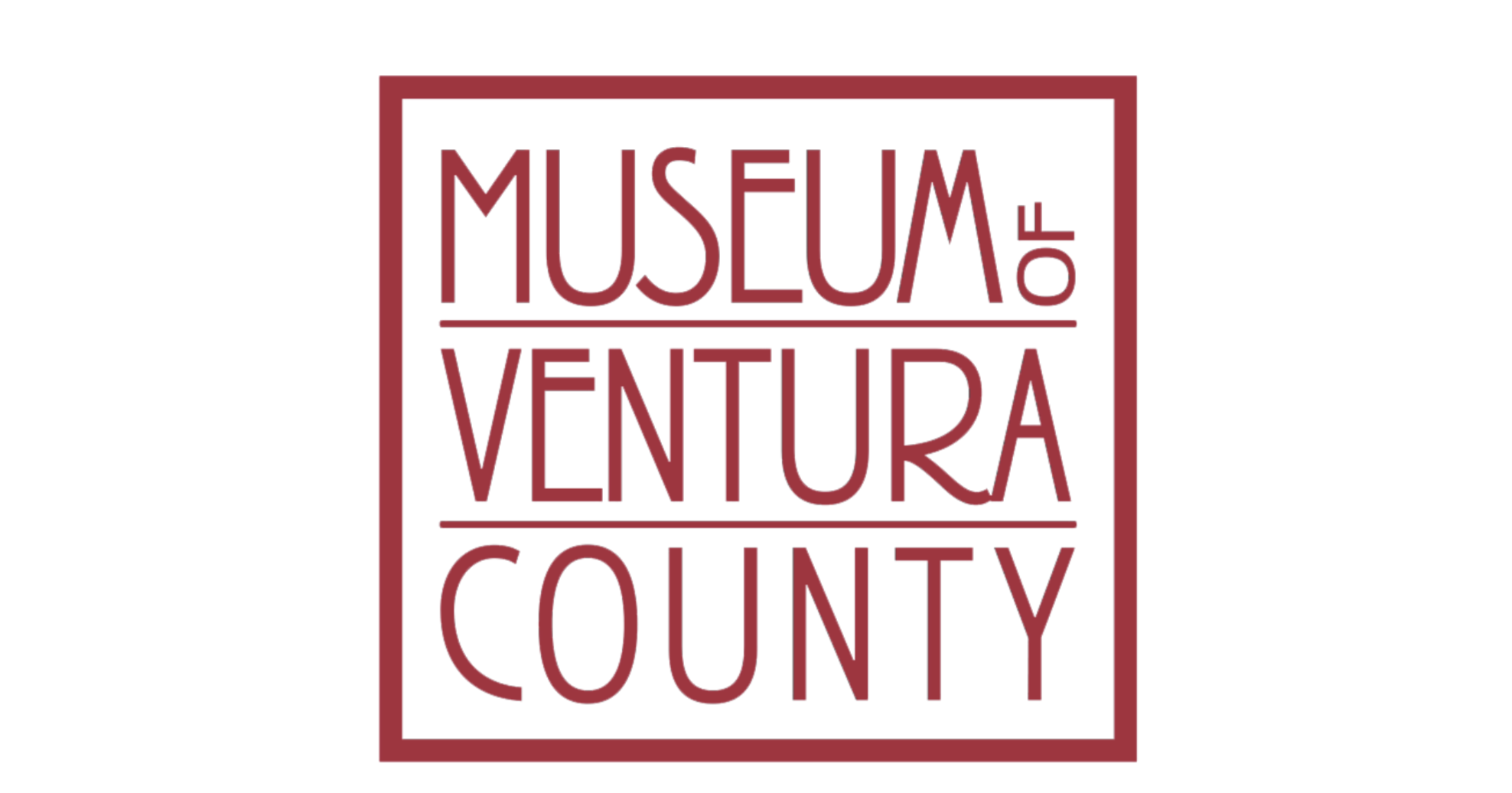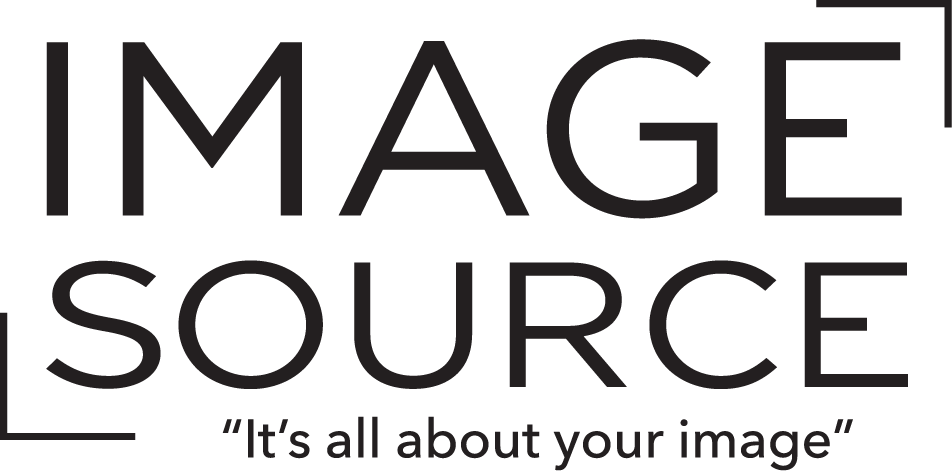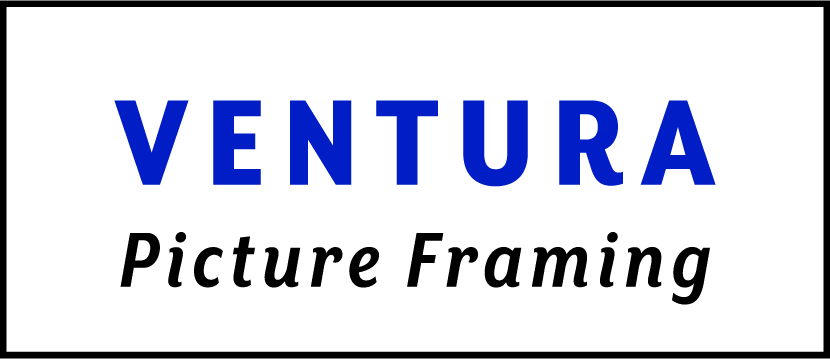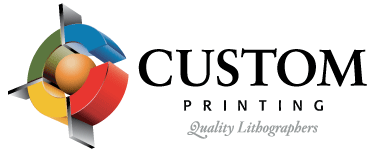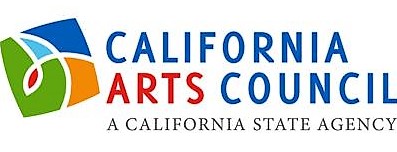Learning To See
Botanical Contour Line Drawing
Inspired by FOTM Documented Artists Sergio Aragones, Karen Kitchel, Jeff Mann and more!
Contour line drawing is a method of drawing only the outlines or edges of something. A botanical drawing is of the exact shape and details of a plant. Contour line drawing is one of the basic practices of realistic drawing. Most artists spend hours and hours just practicing this one kind of drawing.
That’s how they got to be so good! YOU CAN, TOO!!!
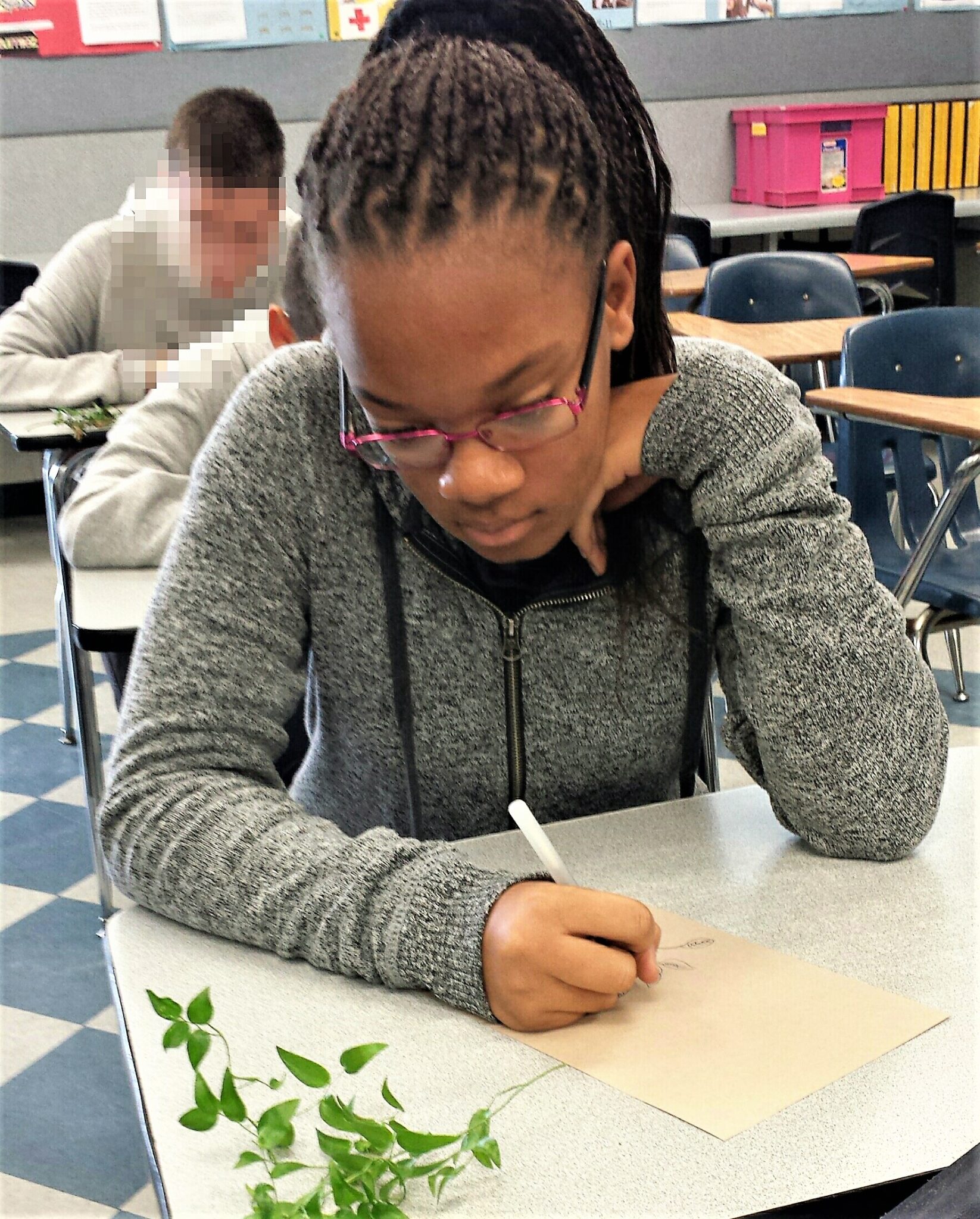
Click HERE to see more contour line drawings by Learning To See students.
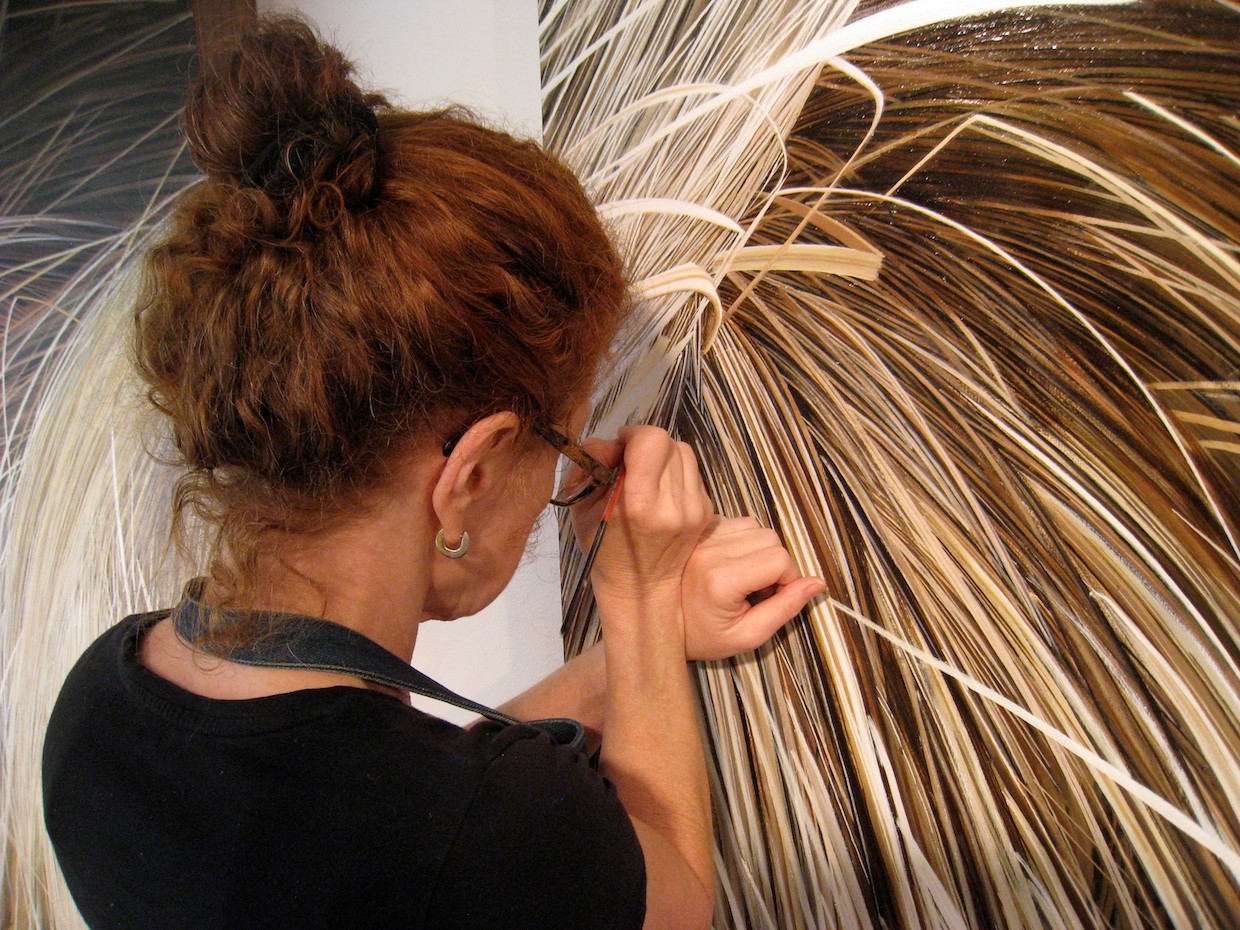
Karen Kitchel closely observed a lot of nature living in Michigan, Montana, Colorado and Ventura. Look how carefully she paints each blade of grass! See her work at KarenKitchel.com.
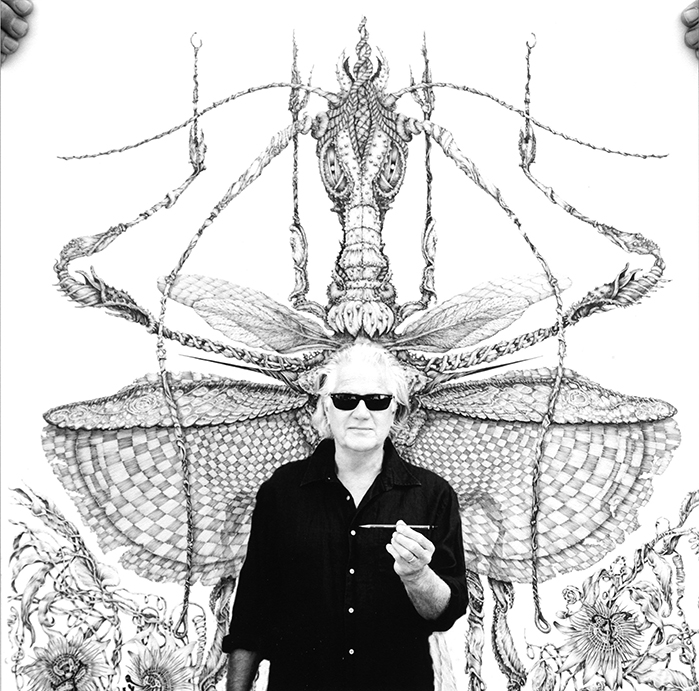
Jeff Mann worked on movies like Star Wars and knows how to use realism with fantasy. He lives in Ojai. See his work at JeffMannStudio.com.
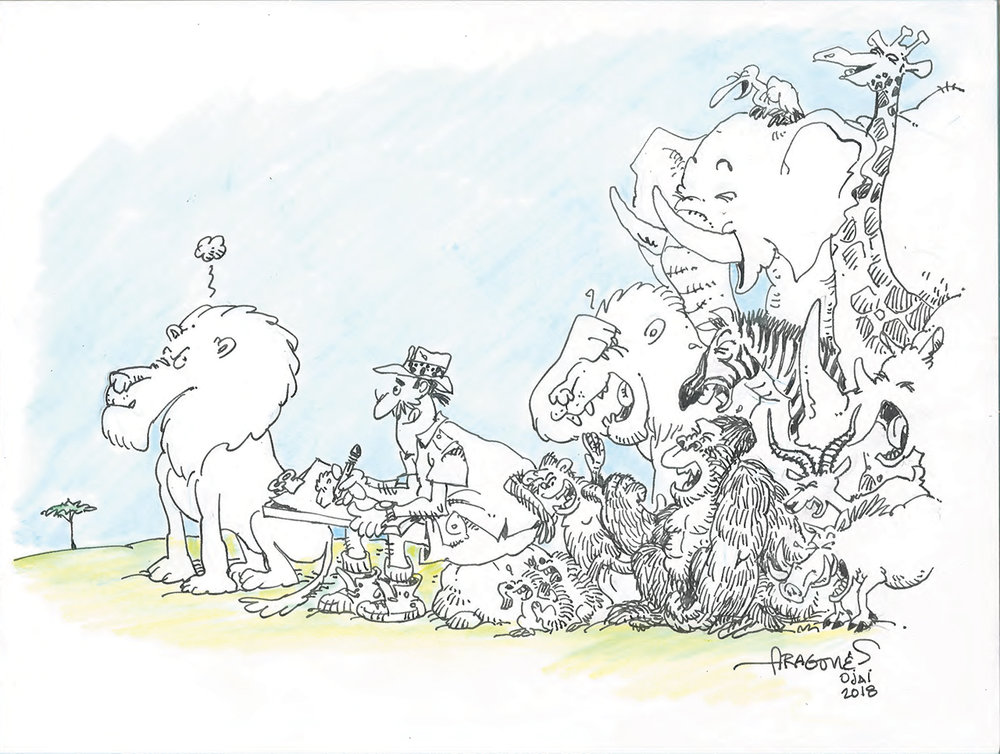
Sergio Aragones lived in Spain and Mexico and studied pantomime and architecture but always wanted to be an artist.
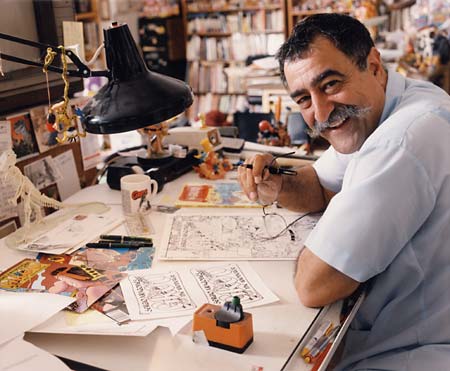
Sergio’s dream came true when he moved to New York City and became a cartoonist for Mad Magazine. He now lives in Ojai.
See more at SergioAragones.com.
Types of contour line drawing
Continuous: when you NEVER pick up your pen

Blind: when you NEVER look at your paper, only your subject

Cross-contour: lines go across the surface like a topographical map

Supplies:
– a small branch, leaf, weed from nature or fruit or a vegetable. Use care not to damage or hurt the plant.
– a pen or fine tip marker
– toned (light brown or gray) paper from your supply packet, or any other plain paper
– a table or desk to use where you can sit up straight
Watch contour line drawing!
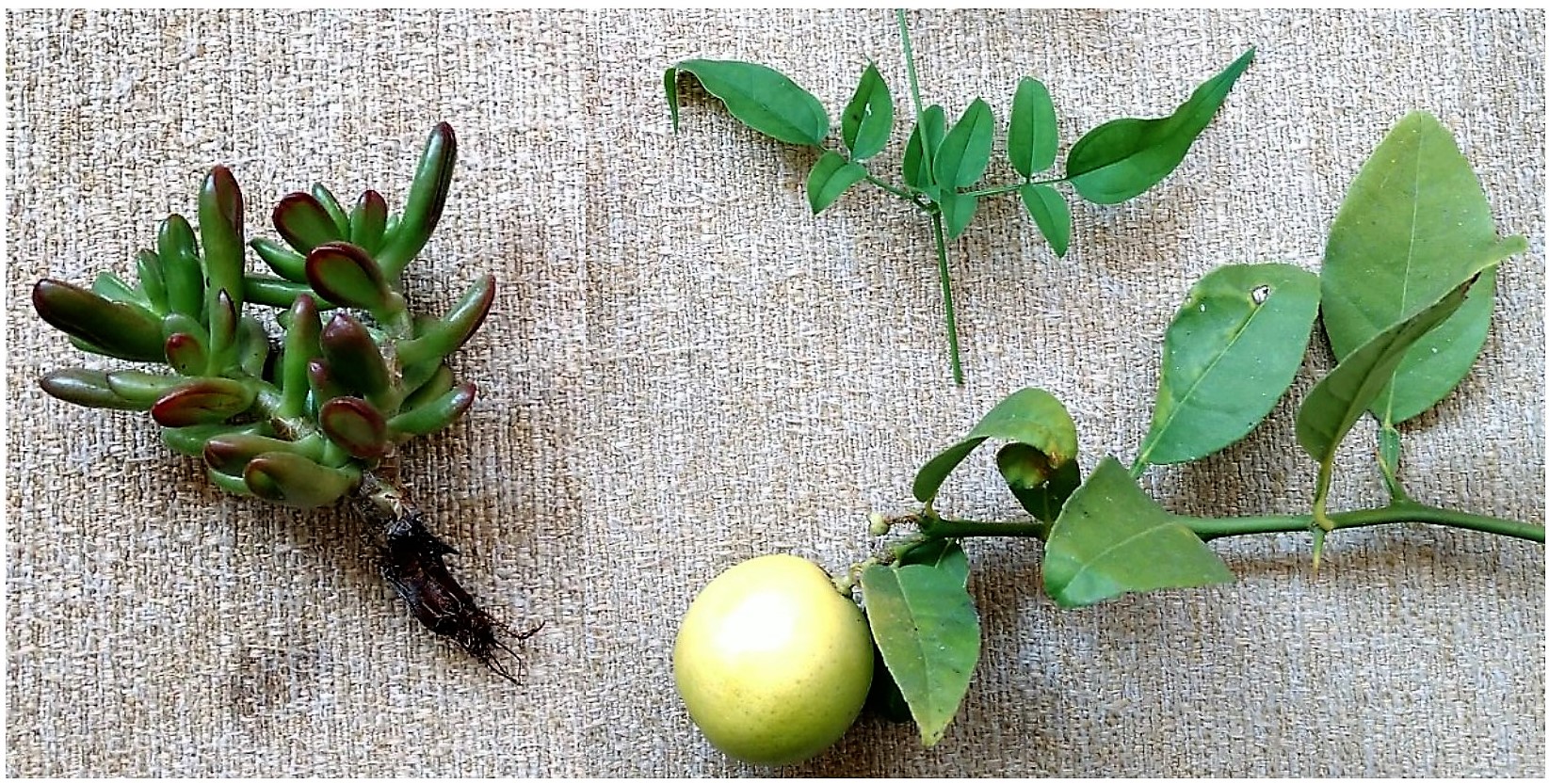
What does it take to do contour line drawing?
- Go slowly – one teeny, tiny bit at a time.
- Practice!
- Trust your eyes and brain to tell your hand what to do. That’s hand-eye coordination! – You know to “Keep your eye on the ball!” to catch one. Well, keep your eye on the edges of the plant! That’s where the information is!
If it looks a little funny, you’re probably doing it right! If you feel a little uncomfortable, no worries – many of us do!
Get started!
- Take a deep, slow breath.
- Keep the plant 1-2 feet away from you. Your eyes need breathing room, too!
- Let your eye wander around the plant to study it, then start wherever it feels natural to you.
- Put your pen to the paper. As your eye looks at the edge, let your hand and pen follow – just like your finger is touching that edge.
- Keep the pen on the paper in a solid line.

Check out the contour lines of these amazing local artists!
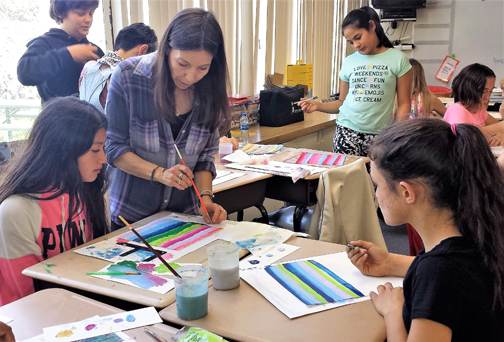

Funding
Learning To See has been adapted for comprehensive online learning! We utilize Zoom (& other video platforms) and have webpages to support each lesson. Art supply packets are provided for each student.
Our standard 8-week in-the-classroom residency is $550 (including instructor and supplies).
You can “Adopt A Classroom” for $550.00. Click HERE to donate.
Four week and single lessons are also available. Our lessons are cross-curricular and support the California content standards. Many of them can be tailored and grouped to work with a particular unit of study, i.e. zoology, social studies, history, language arts, sciences, etc. They are adaptable to a wide range of grade levels from elementary through secondary grades and beyond, including community groups and programs. Programs are supported in a variety of ways, including school and PTA funds, grants, or personal donations from an individual or group of parents/grandparents.
Our program is taught by professional artists who have extensive educational experience. We feel that this criterion helps to guide the student with a deeper understanding of the art making process.
For more information, or to arrange a residency in your neighborhood, call 805.653.2501 or email [email protected].
Thanks to Our Sponsors

